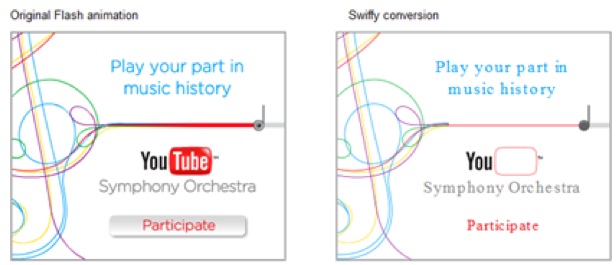For those of you who are not initiated into the world of online display advertising this may seem like another language so I’ll keep it in the simplest of forms for you.
The banner ads that you are used to seeing on news websites are known as display advertising. In the digital media world banner ads are commonly known as online advertising. Within display online advertising, there are several sub-categories – rich media (for example, large interactive ads that expand or video streaming ads), affiliate or performance (where the advertiser pays either a set cost or a percentage commission per acquisition or conversion that the online advertising delivers), cost per click – CPC (obviously, the advertiser pays per click) and then there is email (cost per email address mailed to) and mobile devices.
I’m not an expert in advertising on mobile devices, but what I do know is that standard online display advertising, or banner ads, cannot be viewed on iPads and iPhones.
Online display advertising must be ad-served so that the website visitor can view the ad and so that the advertiser can track the number of times the banner ad shows and the number of times the banner ad was clicked on. All web publishers (websites that publish stories, content and ads) use the same set of online advertising guidelines. All advertisers and designers must adhere to these online advertising formats and guidelines.
In Australia (and the rest of the world), advertisers are required to build their online advertising banner ads in a format called Flash Macromedia. I imagine every reader of this blog would have download Adobe Flash Media Player for your computer, you would get updates regularly. Anyway, web designers user flash for fancy graphics on websites as well as in online advertising. But the problem with flash is, that is does not work on mobile devices such as iPhones and iPads. This is not only problematic for advertisers, whose banner ads cannot run across all platforms as standard (requiring a second banner ad to be build specifically for mobile devices) but also for website publishers whose mobile users get a substandard experience.
So, as Amnesia Razorfish so aptly said, Google has come to the rescue. Google has created a tool called swiffy that enables standard Flash banner ads to be changed into html5 ads so they can be viewed on mobile devices such as the iPad and iPhone.
Html5 is a newer form of web language that emerged a few years ago but because the online advertising industry has been entrenched in Flash banner ads for over a decade, its easier to make advertisers create two ads (one for online and another for mobile devices) than it is to change the entire online advertising industry systems and processes. But Google has now made that much easier. By using the swiffy tool, you can upload your Flash banner ad (in SWF format – which is like the equivalent of a PDF to a word document) and it will convert it to html5. Hey presto!
Of course, like any automated tool that provides a shortcut, you will lose some of the detail or complexity of your Flash banner ad when swiffy spits out the html version, but hey, its good enough and it will save many advertisers a bucketload of money in extra design and development just for mobile devices.
This little swiffy comes via Amnesia Razorfish.


Hey there , I am forming a new website and I think your articles would really fit in well. Am I allowed to copy and paste this article?
Hi There,
No, you can’t copy and paste this article into your website. You can link to my blog to give your readers additional information but copy and pasting into your site would be stealing my intellectual property and passing it off as your own.
You can ask people to become contributors to your website but you cannot simply take their content.
Thanks,
Shanelle
Brilliant article post on the blog dude, I really like the appearance and also the feel of this kind of web page. You write certainly well, you have got to be a knowledgable guy. Will most surely come back
Thanks, I’m a woman, but please do come back 🙂
I like Your Article about Swiffy converts Flash banner ads to html5 to view on mobile devices | onlinexpert.com.au Perfect just what I was searching for! .
You have a great website! I would love to build backlinks for you.
Hey there, I wanted to ask you one thing. Is this site a wordpress blog site? We are planning on changing my web site from Blogger to wordpress, you think this is possible? Also did you set up this specific theme yourself some how? Bless you for your assistance!
Yes, this is a wordpress site and its a free theme “Bueno”
Do you have a spam issue on this website; I also am a blogger, and I was curious about your situation; many of us have created some nice practices and we are looking to exchange techniques with other folks, please shoot me an email if interested.
Yes, I have a real problem with spam in my comments. I get thousands every week. I don’t want to turn the comments off but its painful to deal with,
I would just like to let you know hvow much I learn from your website Tweeted it.